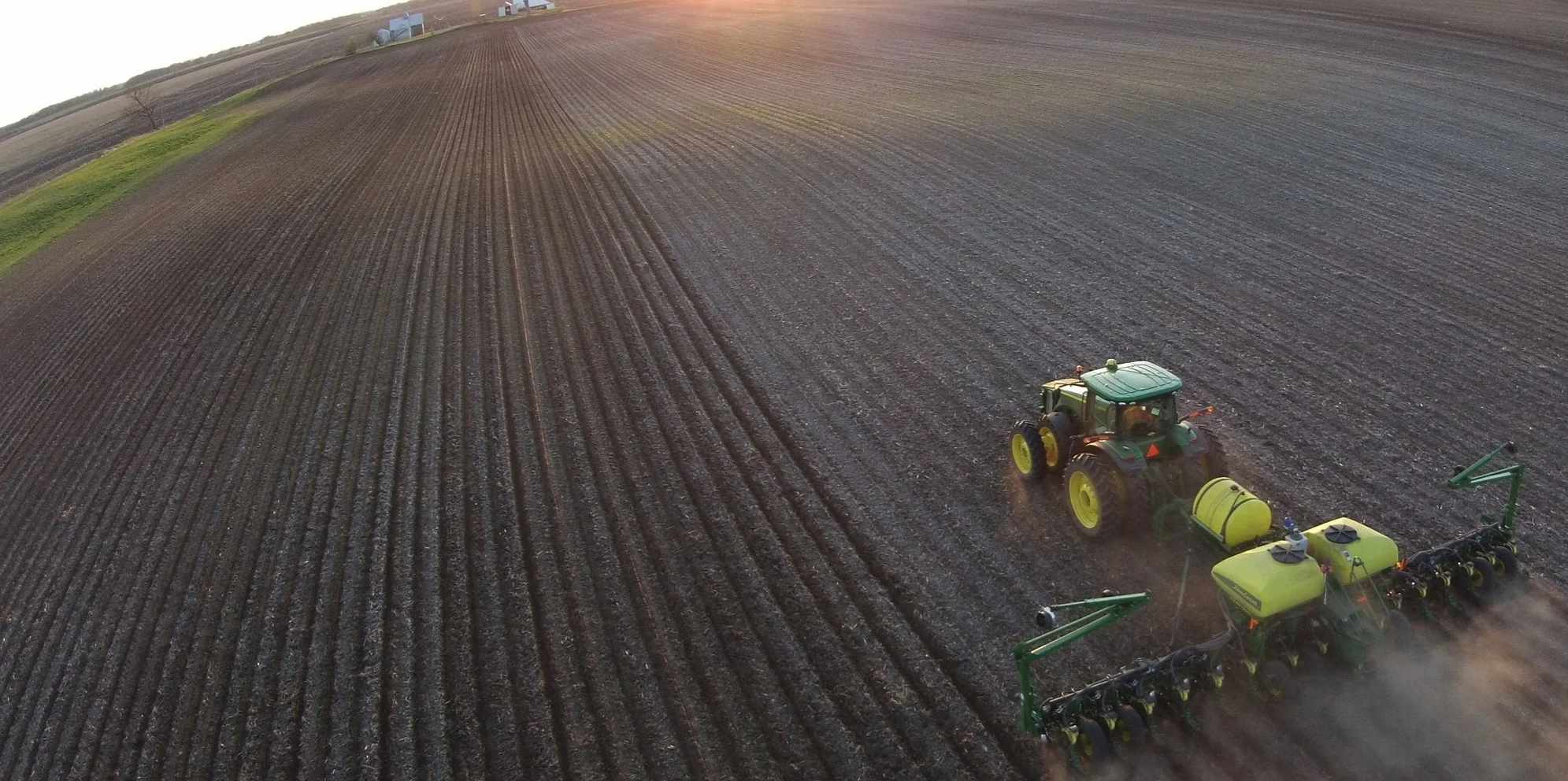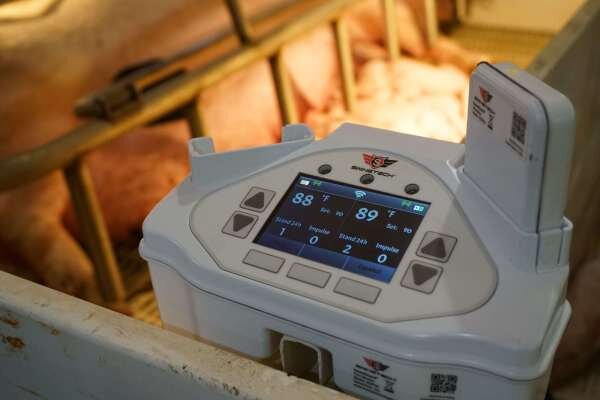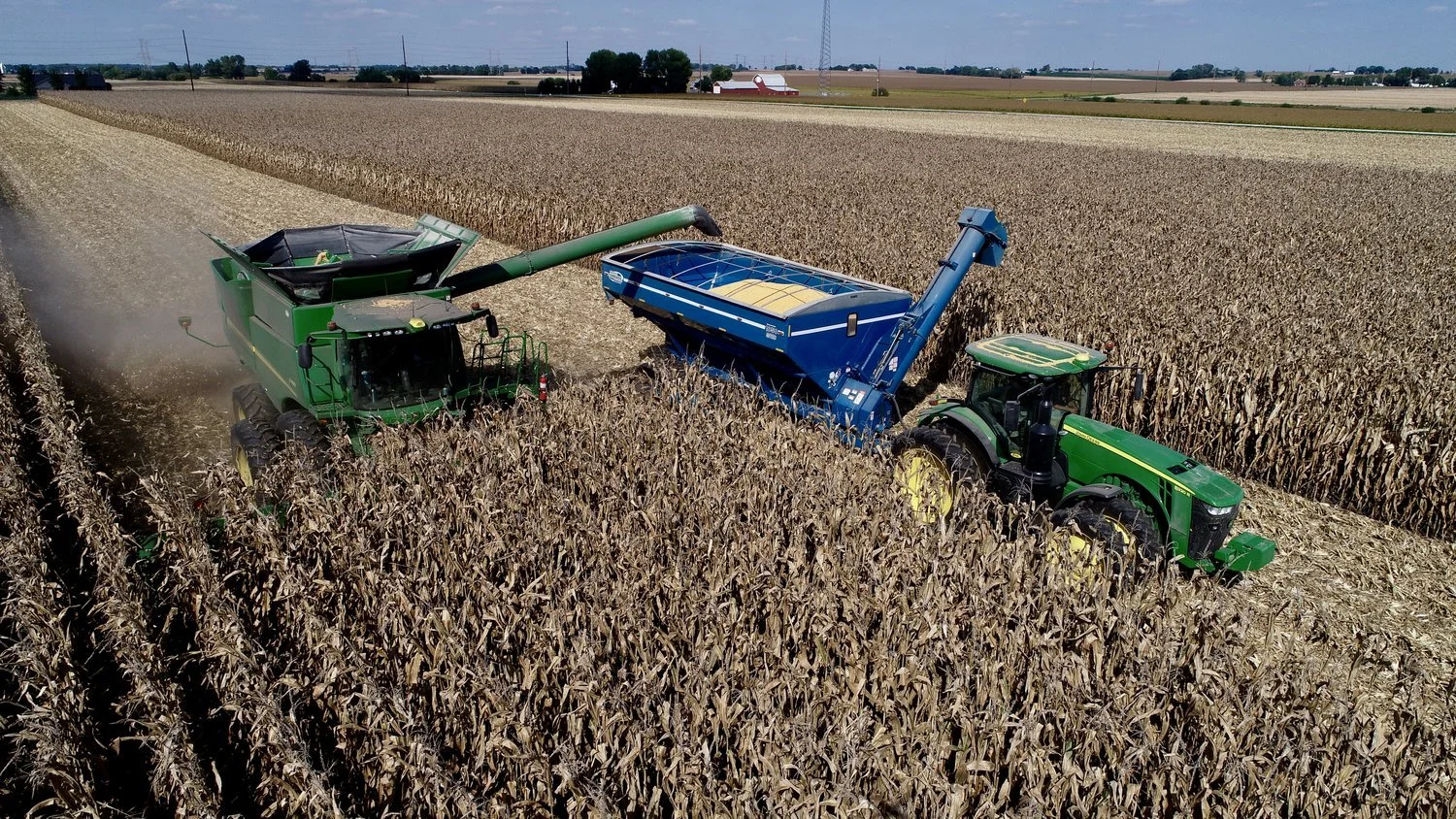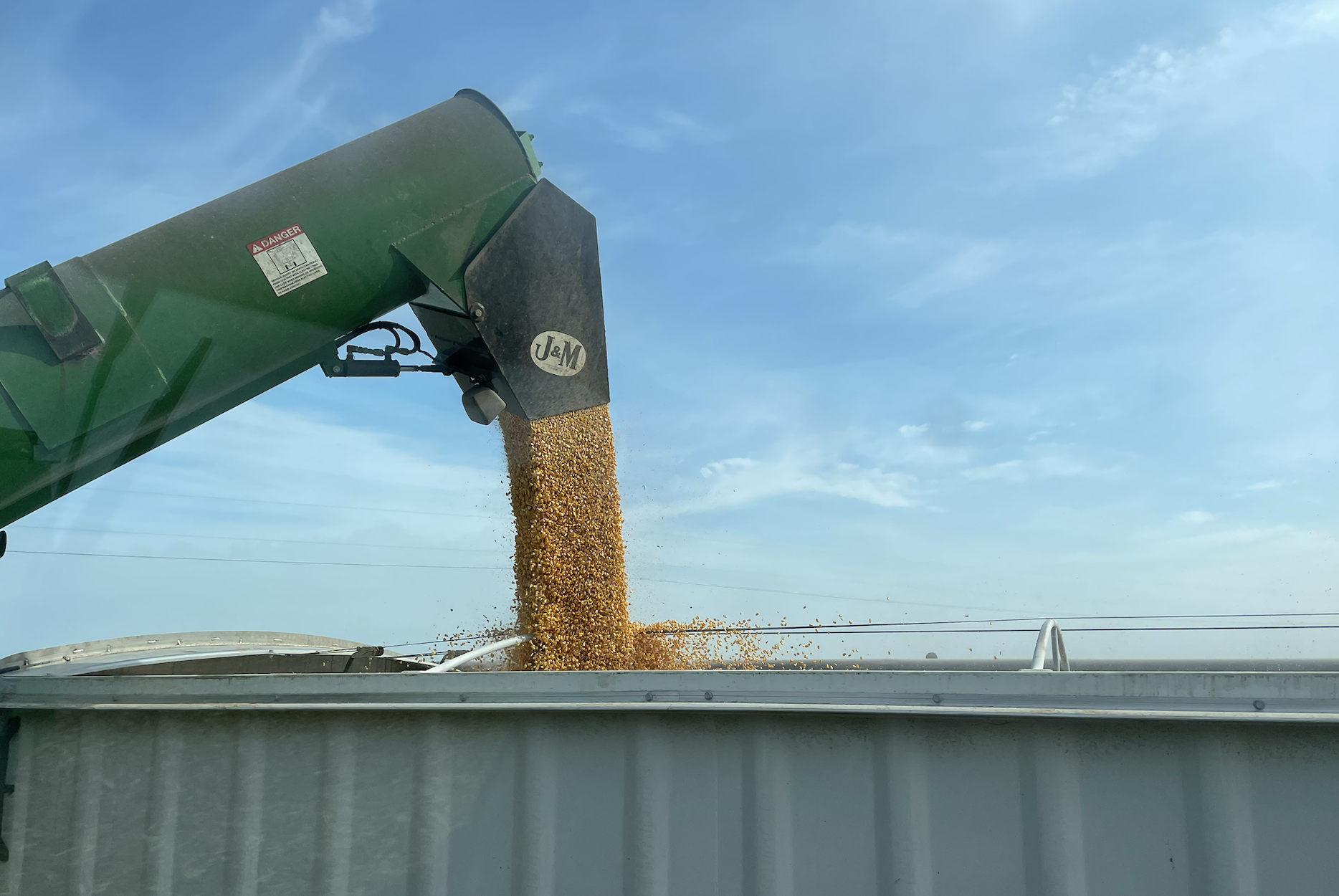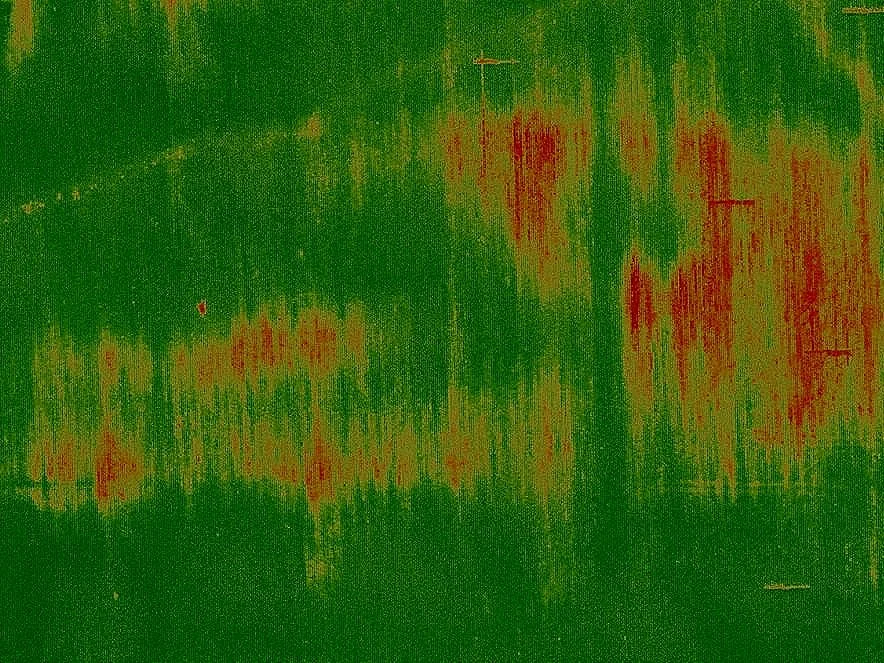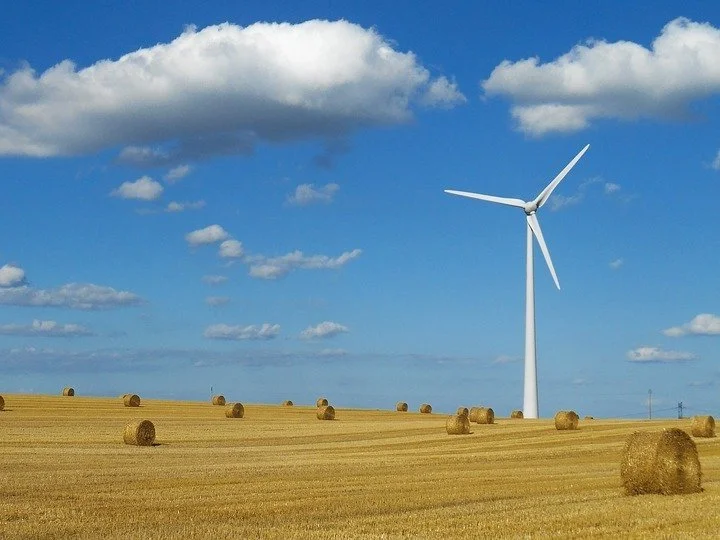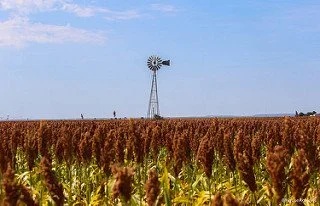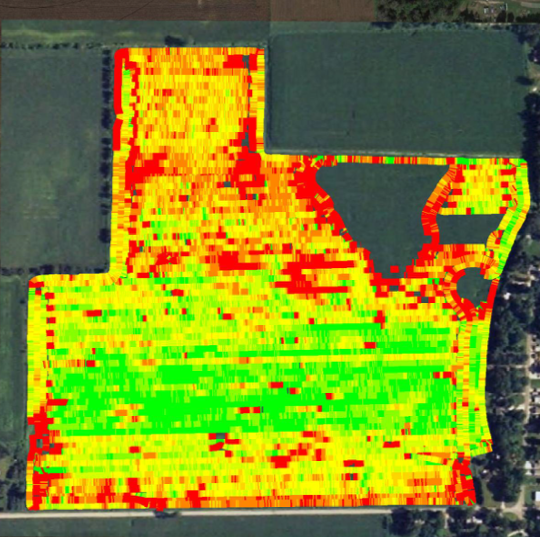Is Vertical Integration Good or Bad for AgTech?
/It has become common for tech conferences to have Shark-Tank style competitions among new startups. The winner is awarded an investment from the conference host or supporting venture capital firm. In the case of the Forbes AgTech Summit, SVG Ventures selected two swine-focused agtech startups, BinSentry and SwineTech. Each will receive a $100,000 investment. Notably, this was the first agtech conference I’ve attended where both winners were from the swine industry, and that made me stop and think about how agtech adoption might be different for the vertically-integrated segments of agriculture.
Agtech is new to agriculture, but vertical integration is not. The swine and poultry industries long ago vertically-integrated. Fifty years ago, a farmer owned his own sows, farrowed his own pigs and fed them until they were ready for market. The farmer bore all the risk, and this is why every economic cycle resulted in fewer pig farmers. Vertical integration stopped this downward spiral. Swine companies took the market risk and agreed to pay farmers to raise their pigs. Integrators became the owners of pigs and provided feed, vet care, and the latest animal-welfare knowledge. Vertical integration worked because it solved the risk problem.
I watched the pitches for both BinSentry and SwineTech at the recent conference. (Its great to see entrepreneurs deliver pitches for new swine technology with all the same enthusiasm that Steve Jobs had for the iPhone). BinSentry pitched its wireless IoT device that allows you to monitor feed levels in storage bins remotely. SwineTech pitched its farrowing management tool that monitors piglet noises to determine when one might be crushed accidentally by a sow, sending an impulse to the sow to stimulate her to stand up. Both technologies answer problems prevalent in the industry—tracking feed usage and animal welfare.
For both technologies to succeed, they have to be adopted into a mature, vertically integrated industry. That means neither technology needs to appeal to the contract grower, or farmer feeding pigs, to upscale. This fact greatly shrinks the pool of potential early adopters. This is an important distinction from agtech benefiting beef, dairy, grain or specialty crop farmers, where every farmer is looking for something new to drive down production costs and increase production.
But developing agtech for a vertical industry can also have its benefits to the startup. If you can get a large integrator to demo your product, and that demo is successful, your sales pipeline will be full without having to build out a large salesforce.
Ultimately, though, I am left with this question—does vertical integration boost agtech innovation or stifle it? Let me know your thoughts.

